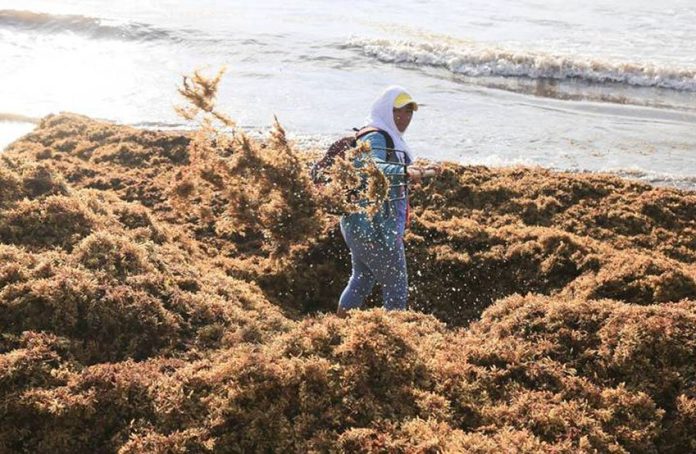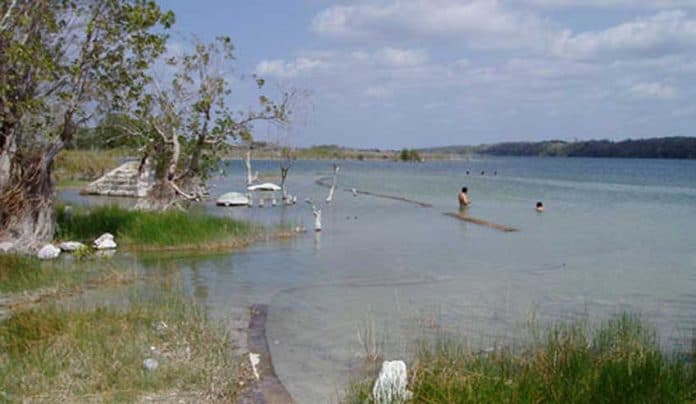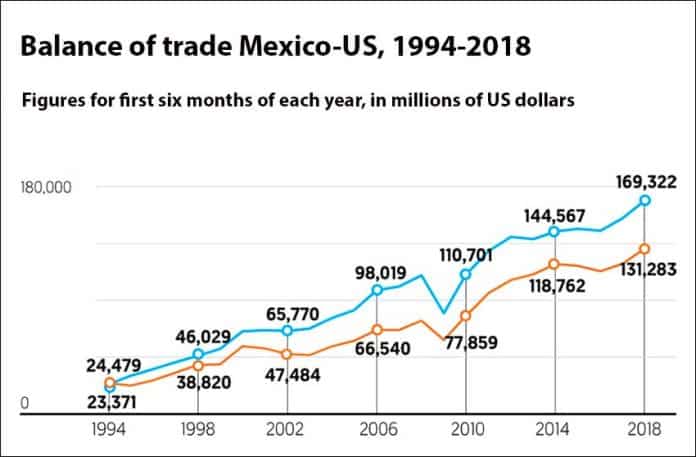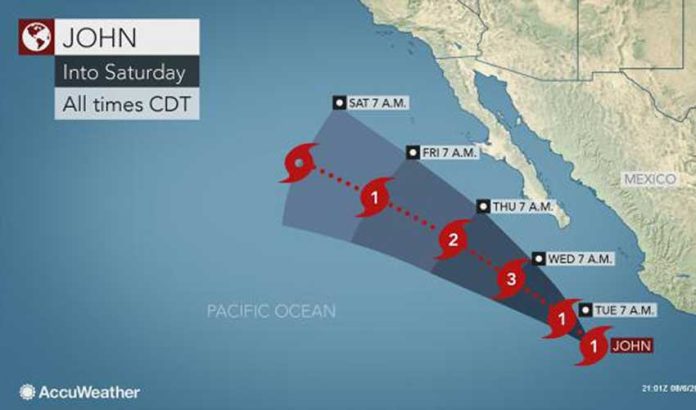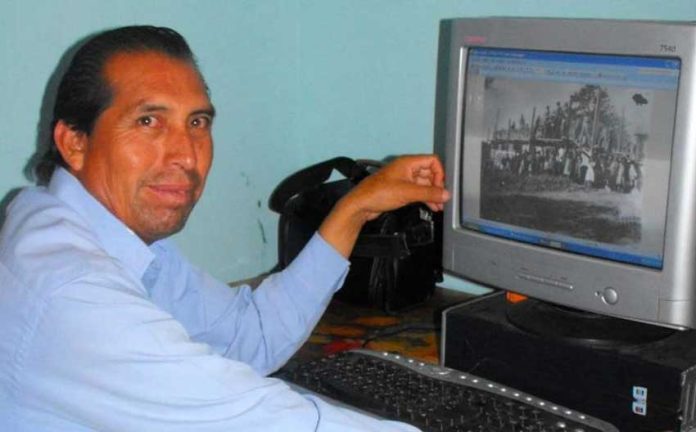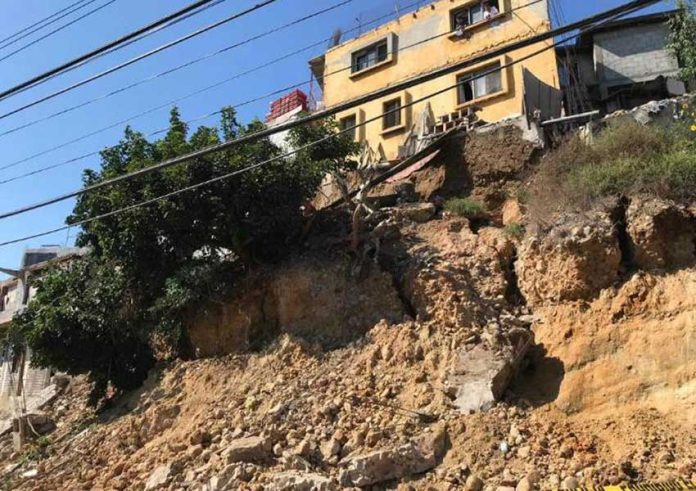Angry residents in Playa del Carmen, Quintana Roo, attacked police and set fire to a mobile police unit last night after a local man was shot and killed.
Residents in Villas del Sol claimed that Federal Police had shot the man after he refused an order to stop.
When local police were called to the scene, 10 Federal Police were already there, and had cordoned off the area where the victim had been found.
But about 150 residents broke through the cordon, surrounded police and attacked them with sticks and stones before destroying a mobile police unit, said police spokesman Juan Carlos García Miranda.
When the crowd began threatening to lynch the police officers, the latter took shelter in a nearby home. The crowd dispersed after police fired shots in the air.
Federal Police said later in a statement that they had attended the scene after receiving a report that gunfire had been heard in the neighborhood. They found the body of a man aged between 25 and 30 lying on the road with a shotgun at his side.
“. . . the police force categorically denies the version of events circulating on social media that accuses officers of provoking the death of an individual . . . .” the statement said.
However, neighbors claimed that the man, who was carrying a gun, had ignored calls by police for him to stop and attempted to flee instead. Police, they said, fired at him, hitting him in the back of the neck.
They said the man was not involved in criminal activities.
Two police vehicles were damaged, a mobile unit destroyed and several officers and reporters were hurt in last night’s confrontation.
Source: Noticaribe (sp), Quadratín (sp)

